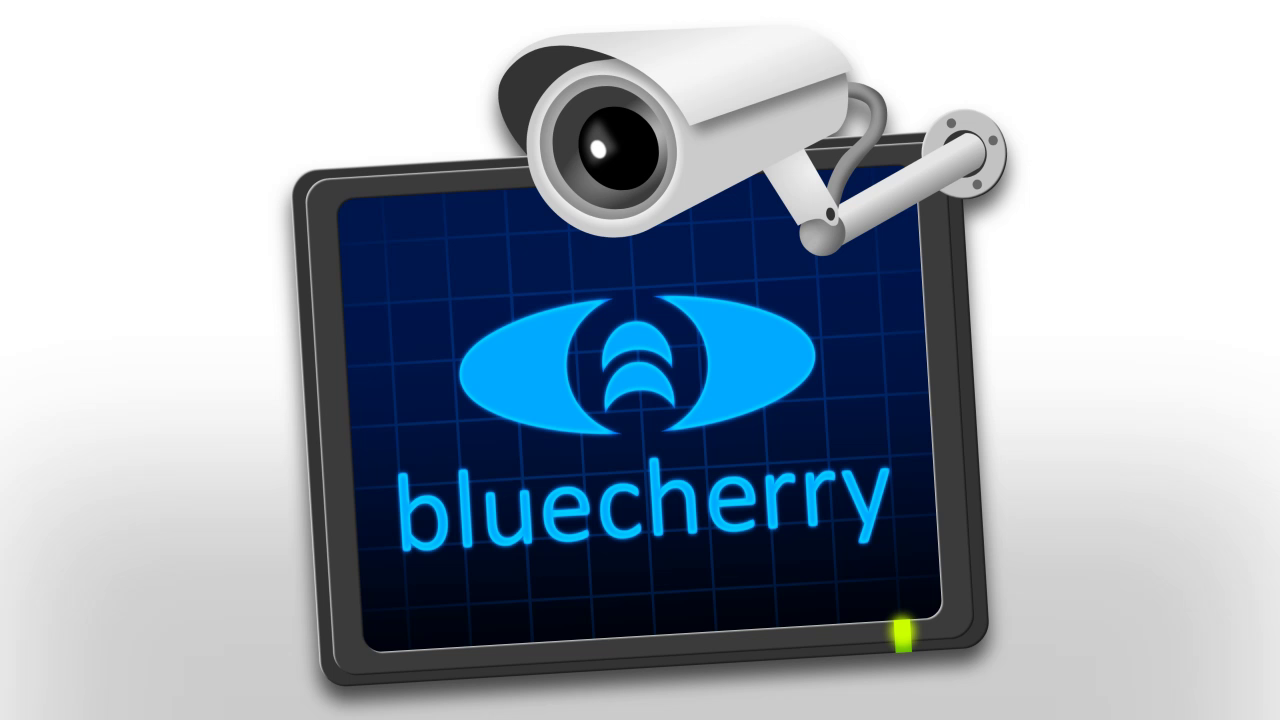DesertRat
Pulling my weight
This is off topic, but I thought someone in this thread might have an answer for me.
My daily driver is an HP EliteDesk 800 G2 SFF, and I am trying to try out Linux Mint from a USB stick. But I can't figure out how to get access to the BIOS to change the boot sequence. I've tried to get in while on the Windows desktop and also by using F10, F11, and esc. Nothing I tried gets me into the Bios. I know I must be doing something dumb but I can't figure out what. Any help would be appreciated.
DesertRat
Just to close this out: I never was able to boot into the HP EliteDesk 800 G2 SFF's BIOS, so I tried it on my BI machine which is a G1 TWR. No problem. Accessed the BIOS on the first try. So I admit defeat on the G2. I give up.
I want to thank everyone for their responses. This is the best forum on the interweb.
DesertRat









